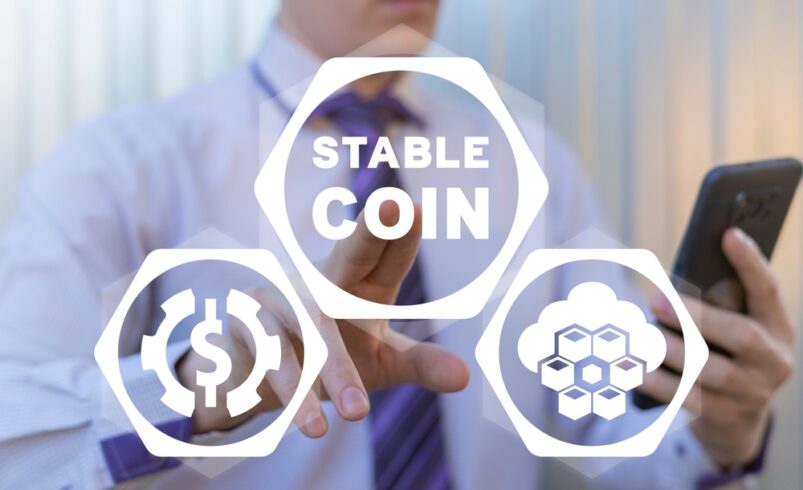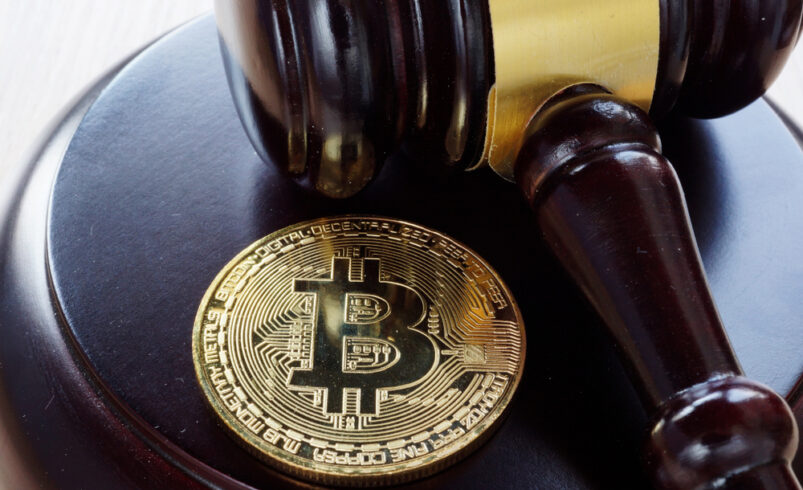What are Stablecoins? – A Complete Beginner’s Guide

The crypto market is known to be extremely volatile. For this reason, some players in the industry have developed assets known as “stablecoins” to shield cryptocurrency investors from high price volatility. But what are stablecoins? This guide seeks to answer that question. Keep reading to find out.
Stablecoin Defined
A stablecoin is a type of crypto asset intended to maintain a particular value, mostly $1. To achieve stability, the coin is usually pegged to a stable asset like a fiat currency or gold. Stablecoins are useful, especially for new crypto users who want to explore the digital asset sphere without exposing themselves to market volatility.
How Do Stablecoins Operate?
All regulated stablecoins are backed by reserves, which serve as collateral. This makes it possible for holders to redeem them for fiat currencies whenever they wish.
So, what are some of the use cases of stablecoins? Most crypto users view stablecoins as a means of exchange that they can rely on. That’s because they facilitate faster transactions between exchanges. Moreover, many merchants support stablecoin payments as they are assured that their value won’t change during the transaction process.
Types of Stablecoins
There are several types of stablecoins in the market today. Some have fiat currencies as collateral, while others use computer programs to maintain their value. Here are the different types of stablecoins:
Fiat-Backed
Fiat currencies are used to back these stablecoins. Their issuers also hold fiat reserves, enough to collaterize every circulating token. Fiat-backed stablecoins are the most used, but the downside is that they are largely centralized.
Commodity-Backed
A perfect example of a commodity-backed stablecoin is Paxos Gold. Such coins are backed by real-world commodities like gold and crude oil. Their issuers are responsible for maintaining the reserves.
Crypto-Backed
A stablecoin can be backed by other crypto assets. However, it has to be over-collateralized, meaning the cryptocurrencies held as reserves must be valued higher than the circulating tokens. DAI is one of the well-known crypto-backed stablecoins. Its issuer, MakerDAO, maintains ETH as collateral.
Algorithmic
Algorithmic stablecoins don’t have reserves. Instead, their value is maintained through computer programs that control their demand and supply. This means when a stablecoin exceeds the intended price, the computer program will add more tokens to the circulating supply to bring down the stablecoin’s price and burn tokens to increase the price when it drops below the expected level.
But there has yet to be a successful algorithmic stablecoin. In 2022, TerraUSD, a stablecoin issued by Terra Labs, depegged, leading to a $40 billion loss.
Popular Stablecoins
Here are the popular stablecoins as of September 2023:
Tether (USDT)
Issued by Tether Limited, USDT is the biggest stablecoin by market valuation. Data from CoinGecko shows the coin has a market cap of $82.17 billion as of this writing. USDT entered the market in 2014. It is supported by several well-known centralized exchanges, like Binance, Coinbase, and Kraken.
It is worth highlighting that the USDT issuer has crossed paths with US regulators over the stablecoin reserves in the past. In October 2021, the United States Commodity Futures Trading Commission filed charges against Tether Limited, accusing the company of lying about USDT’s reverse between June 2016 and November 2019. At the time, the stablecoin issuer agreed to pay $42 million in fines.
USDC
USDC was launched in 2018 by Circle in partnership with US-based crypto exchange Coinbase. It is the second-biggest stablecoin with a market cap of $26.56 billion. USDC, however, has not been performing well in recent months since depegging briefly in March following a banking crisis.
BUSD
BUSD is the third-largest stablecoin with a market cap of $3.6 billion. However, it has been losing its market share since February this year when the US Securities and Exchange Commission instructed its issuer, Paxos, not to mint more tokens.
Paxos partnered with the largest crypto exchange by market cap, Binance, to launch BUSD in 2019.
Conclusion
Although regulators worldwide have increased scrutiny of stablecoins, these crypto assets have continued to prove their importance to digital asset users. Their ability to facilitate quicker and cheaper transactions increases their chances of being in the market for a long time.
Disclaimer: PrimeCryptoHub.com is committed to delivering premium content for cryptocurrency aficionados. Our platform serves as a hub for crypto businesses to amplify their visibility in the market. Be aware that the nature of cryptocurrencies and digital tokens is extremely fluctuating. We advise carrying out comprehensive analysis prior to investing. A portion of our articles might be contributed by guest authors or be sponsored, and the opinions expressed in them don’t always echo our stance. PrimeCryptoHub.com holds no liability for the accuracy, content quality, advertisements, products, or any additional materials found on our site.







